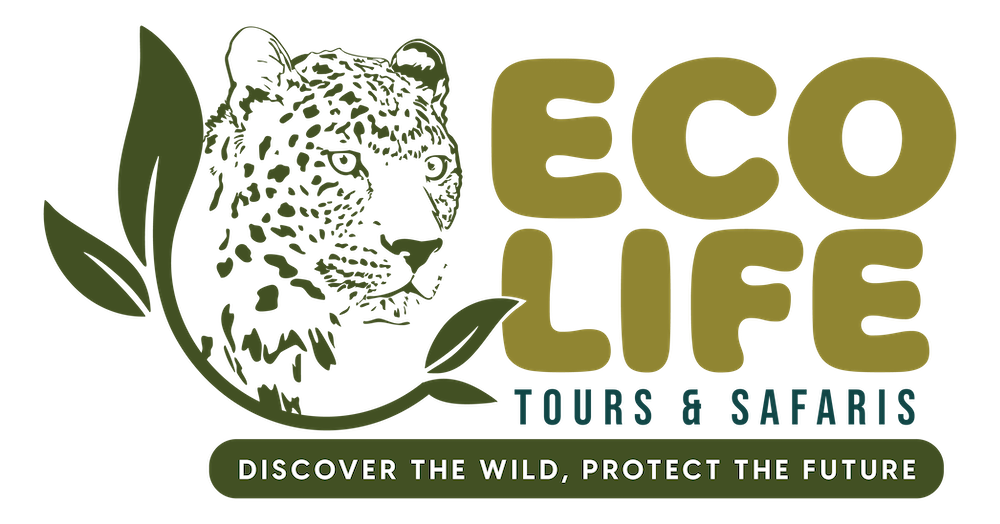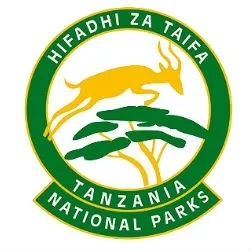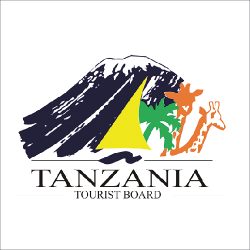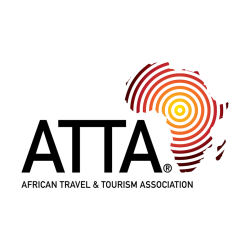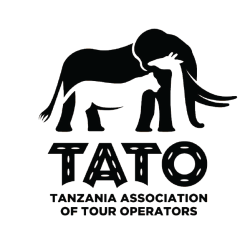FAQ about Safari in Tanzania
What’s the Best Time to Visit Tanzania for a Safari?
The best time to visit Tanzania for a safari is during the dry season, from June to October. This is when the weather is perfect for game drives—clear skies, less rain, and animals tend to gather around watering holes, making it easier to spot them. However, if you want fewer crowds and lush landscapes, the wet season (November to May) is still a great option, especially if you’re keen on bird watching or want to witness the dramatic green scenery.
Do I Need a Visa for Tanzania?
Yes, a valid visa is essential to visit Tanzania. You’ll need a passport that’s valid for at least 6 months from the date of your arrival. The standard single-entry visa is valid for 3 months, giving you ample time to explore. While you can get your visa on arrival at airports like Kilimanjaro, Dar es Salaam, or Zanzibar, it’s best to get it sorted ahead of time online for a smooth entry. Apply at https://visa.immigration.go.tz for just $50 (or $100 for U.S. citizens looking for a multiple-entry visa). Make sure to apply at least two weeks in advance to avoid last-minute stress.
Do I Need a Yellow Fever Vaccination for Tanzania?
For most travelers, a yellow fever vaccine isn’t needed, as Tanzania is considered low risk. However, if you’re coming from a country where yellow fever is prevalent, you’ll need to show proof of vaccination on arrival. Better safe than sorry.
Is Tanzania Safe for Safari?
Tanzania is one of the safest countries for a safari in Africa. It’s known for its stable political environment and strong tourism industry. While you should always follow safety guidelines (especially when it comes to wildlife), Tanzania’s national parks and safari lodges are well-managed, and your guide will ensure you stay safe while getting as close as possible to wildlife in their natural habitat.
What Animals Will I See on a Tanzania Safari?
Prepare to be wowed by the Big Five (lion, elephant, buffalo, leopard, and rhino), and so much more! Tanzania is a wildlife haven, with opportunities to spot giraffes, zebras, cheetahs, wildebeests, hyenas, and countless species of birds. The Serengeti National Park and Ngorongoro Crater are home to some of the world’s best wildlife viewing experiences.
What’s Included in a Tanzania Safari Package?
A typical safari package covers everything you need for an unforgettable experience: transportation in a comfortable 4×4 safari vehicle with a pop-up roof for unobstructed views, a professional guide, accommodation (from tented camps to luxury lodges), meals, park fees, game drives, and airport transfers. The goal is to make the experience seamless, so you can focus on enjoying your adventure!
What Should I Wear on Safari?
Neutral colored, light clothing works best. Think khaki, beige, or olive green. Long sleeves and pants will protect you from the sun, mosquitoes, and brush while on game drives or walking safaris. Don’t forget a sunhat, sunglasses, and a light jacket for cooler mornings and evenings.
FAQ about Accommodation
Is There Electricity in Safari Camps?
Yes, most safari camps have electricity, usually from solar panels or generators. You’ll be able to charge your devices to capture all the amazing moments, just be mindful that power can be limited in more remote areas.
What Amenities Can I Expect in Safari Lodges?
Luxury lodges offer a full range of amenities, from ensuite bathrooms and fine dining to Wi-Fi and swimming pools. Some even offer guided walks and excursions to enhance your experience!
Will My Mobile Phone Work on Safari?
In major cities and towns, your phone will work, but signal strength can vary in remote areas. Safari lodges typically offer Wi-Fi, and many of our safari vehicles have mobile hotspots. For those areas with no coverage, don’t worry, we’ll get you to the nearest signal spot if there’s an emergency.
